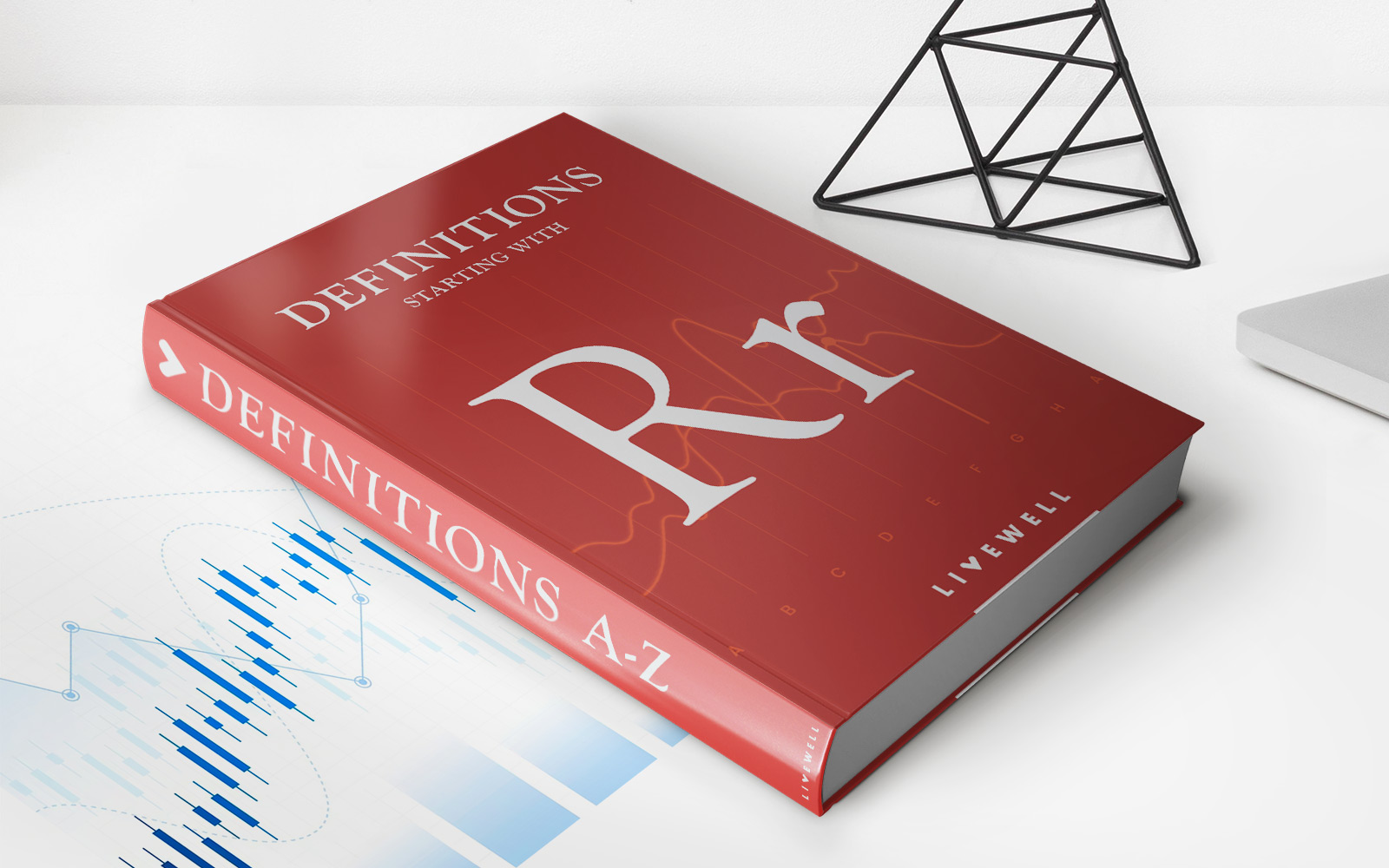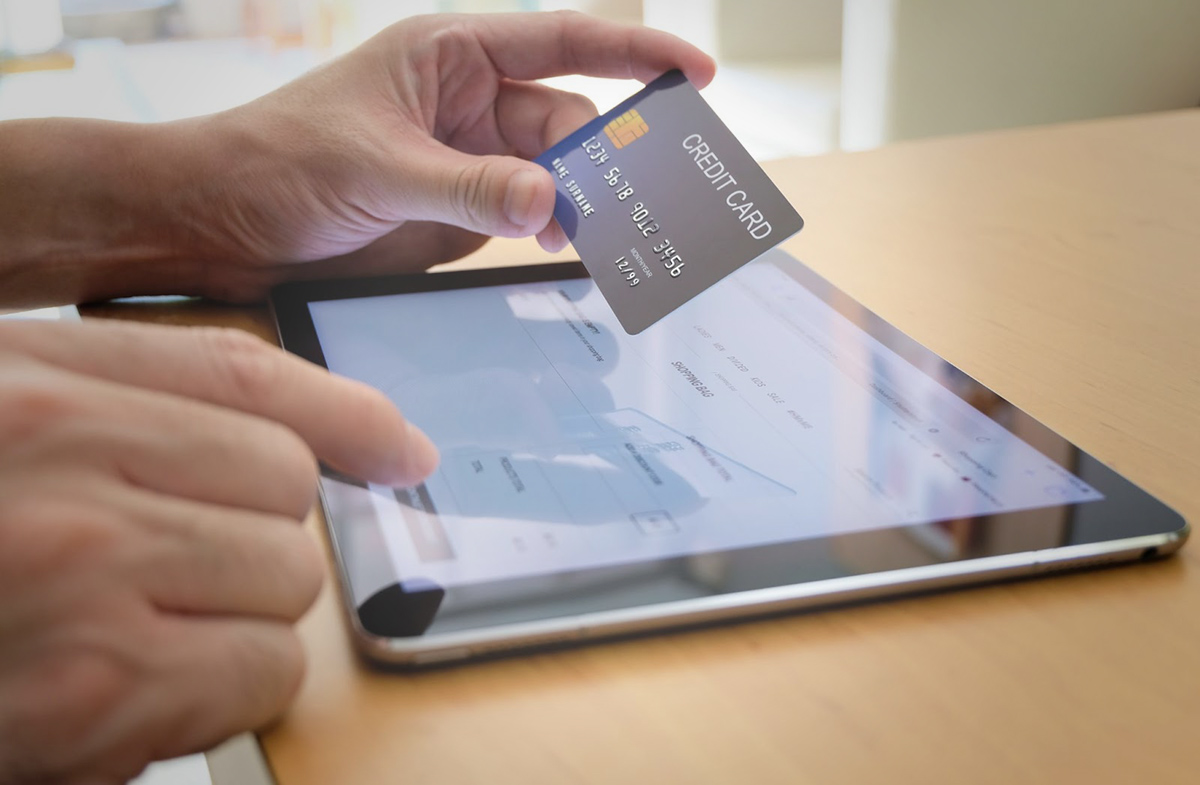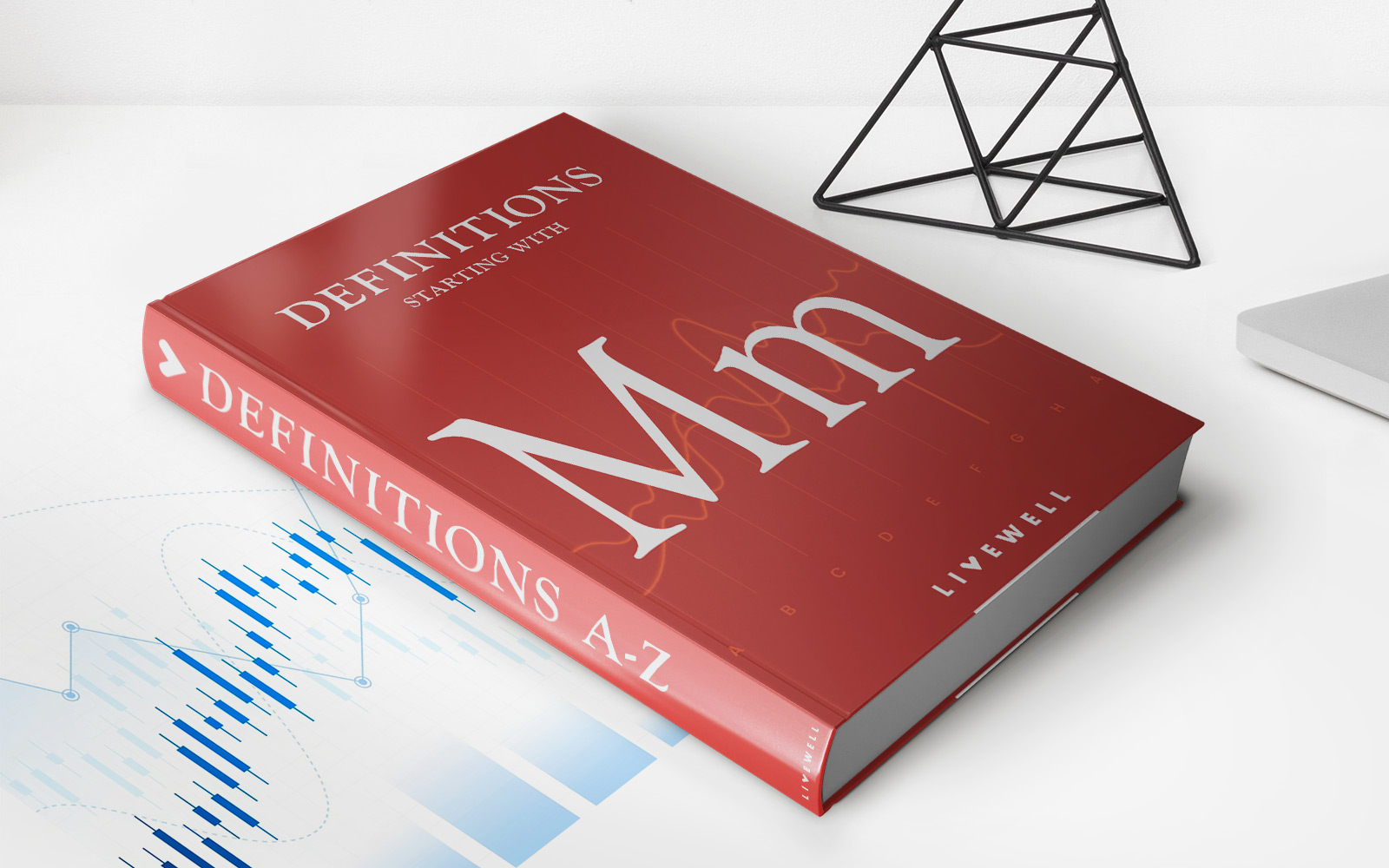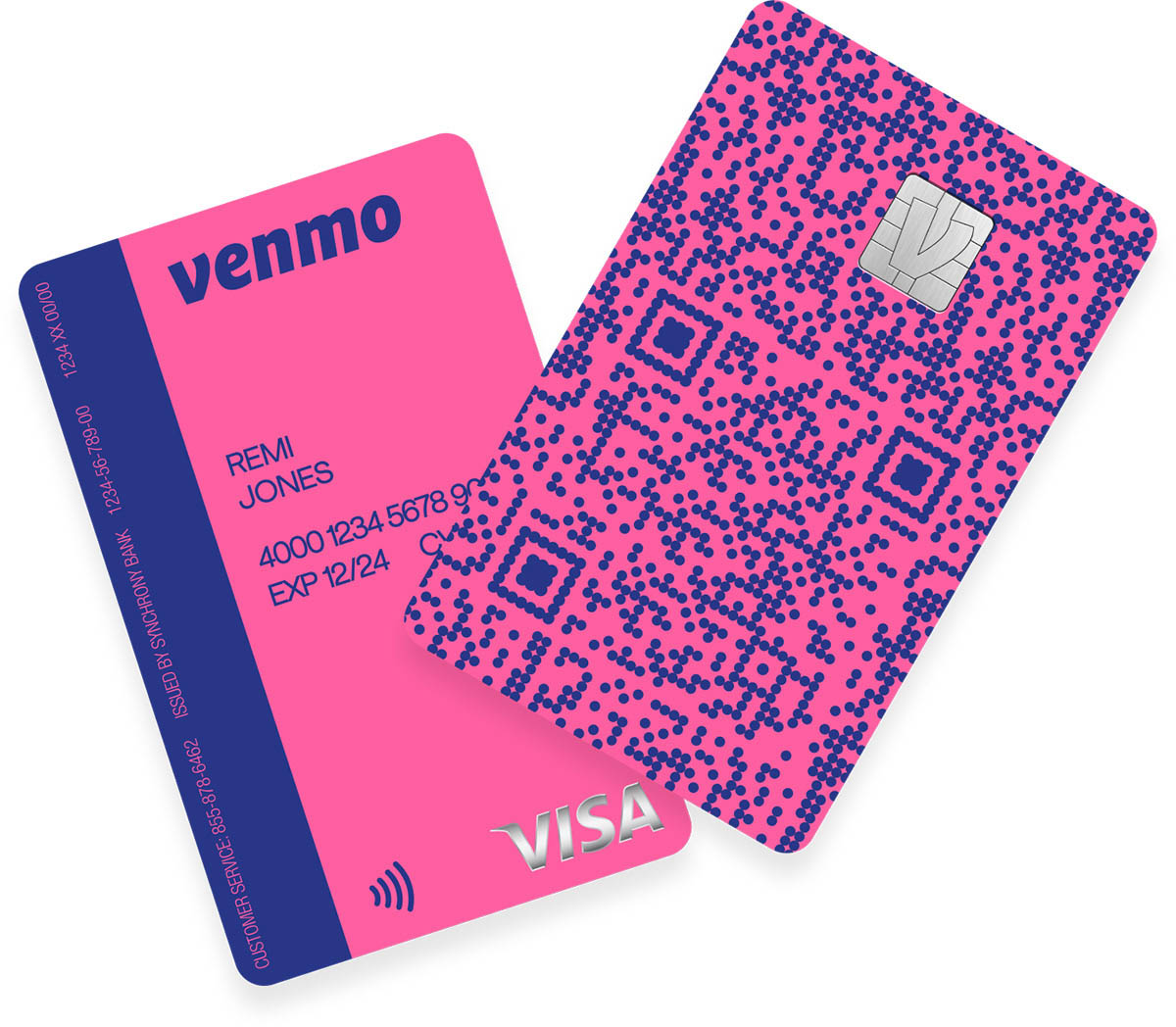

Finance
Virtual Good Defined
Published: February 16, 2024
Learn the meaning of virtual goods in the world of finance and how they are transforming the way transactions are conducted. Gain insights into the growing importance of virtual goods in the modern financial landscape.
(Many of the links in this article redirect to a specific reviewed product. Your purchase of these products through affiliate links helps to generate commission for LiveWell, at no extra cost. Learn more)
Understanding Virtual Goods: A Complete Guide
Welcome to our Finance category, where we explore various aspects of money management, investments, and financial literacy. Today, we dive into the captivating world of virtual goods. Have you ever wondered what virtual goods are, how they function, and their impact on the digital economy? In this blog post, we will demystify virtual goods and provide you with a comprehensive understanding of this intriguing concept.
Key Takeaways:
- Virtual goods are intangible items or assets that can be bought, sold, or traded within a virtual environment, such as online games or virtual marketplaces.
- They hold value and are often categorized into different types, such as cosmetic items, virtual currency, or in-game equipment.
So, what exactly are virtual goods? In simple terms, virtual goods refer to intangible objects that exist solely within the digital realm. They can take various forms, including clothes for your virtual avatar, weapons for online gaming, or even virtual real estate. These items hold value within their respective virtual environments, and their trade and purchase involve real-world money.
Virtual goods have become an integral part of the digital economy, fueling the growth of online marketplaces and games. With millions of gamers and digital enthusiasts worldwide, the demand for virtual goods continues to rise exponentially. Here are some key aspects that shed light on this phenomenon:
1. The Different Types of Virtual Goods
Virtual goods can be categorized into several types, depending on their functionalities and purposes. Some common types include:
- Cosmetic Items: These virtual goods are purely aesthetic and enhance the visual appearance of virtual characters or avatars. They include skins, outfits, hairstyles, and other customization options.
- Virtual Currency: Often referred to as “virtual money,” virtual currency is used for in-game transactions, purchasing other virtual goods, or unlocking additional features within a virtual environment.
- In-Game Equipment: These virtual goods provide players with advantages or tools to progress within a game. They can range from powerful weapons and armor to special abilities or magical items.
- Virtual Real Estate: Just like in the real world, virtual worlds often have properties that can be bought and sold. Virtual real estate offers users the opportunity to own virtual land or structures, opening up possibilities for creativity and investment.
These are just a few examples, and the virtual goods market is continually evolving, with new types and variations emerging as technology progresses.
2. The Impact of Virtual Goods
The introduction of virtual goods has had a profound impact on the digital landscape. Here’s why they matter:
- Economic Growth: The virtual goods market has created a thriving economy within the digital realm, generating billions of dollars in revenue. This growth has led to job creation, entrepreneurial opportunities, and increased financial inclusivity for creators and consumers alike.
- Social Importance: Virtual goods often hold personal and social value to users. They allow individuals to express their creativity, establish online identities, and connect with like-minded communities. Virtual goods also act as social status symbols within their respective virtual environments.
- Monetization: Virtual goods provide a monetization avenue for game developers, platform owners, and content creators. By offering virtual goods for purchase, they can generate revenue to sustain and enhance the user experience.
- Investment Opportunities: Rare or limited-edition virtual goods can appreciate in value over time, similar to collectibles or art in the physical world. Some individuals have even made substantial profits by investing in virtual land, virtual art, or virtual currencies.
As the digital landscape continues to expand, virtual goods are likely to play an increasingly significant role in our lives and the economy. Whether you participate in virtual economies yourself or are simply curious about this emerging trend, understanding virtual goods is fundamental to navigating the digital realm.
Be sure to check out our Finance category for more insightful blog posts covering various aspects of managing and growing your finances. If you have any questions or topics you’d like us to explore, feel free to leave a comment below. Happy exploring!














